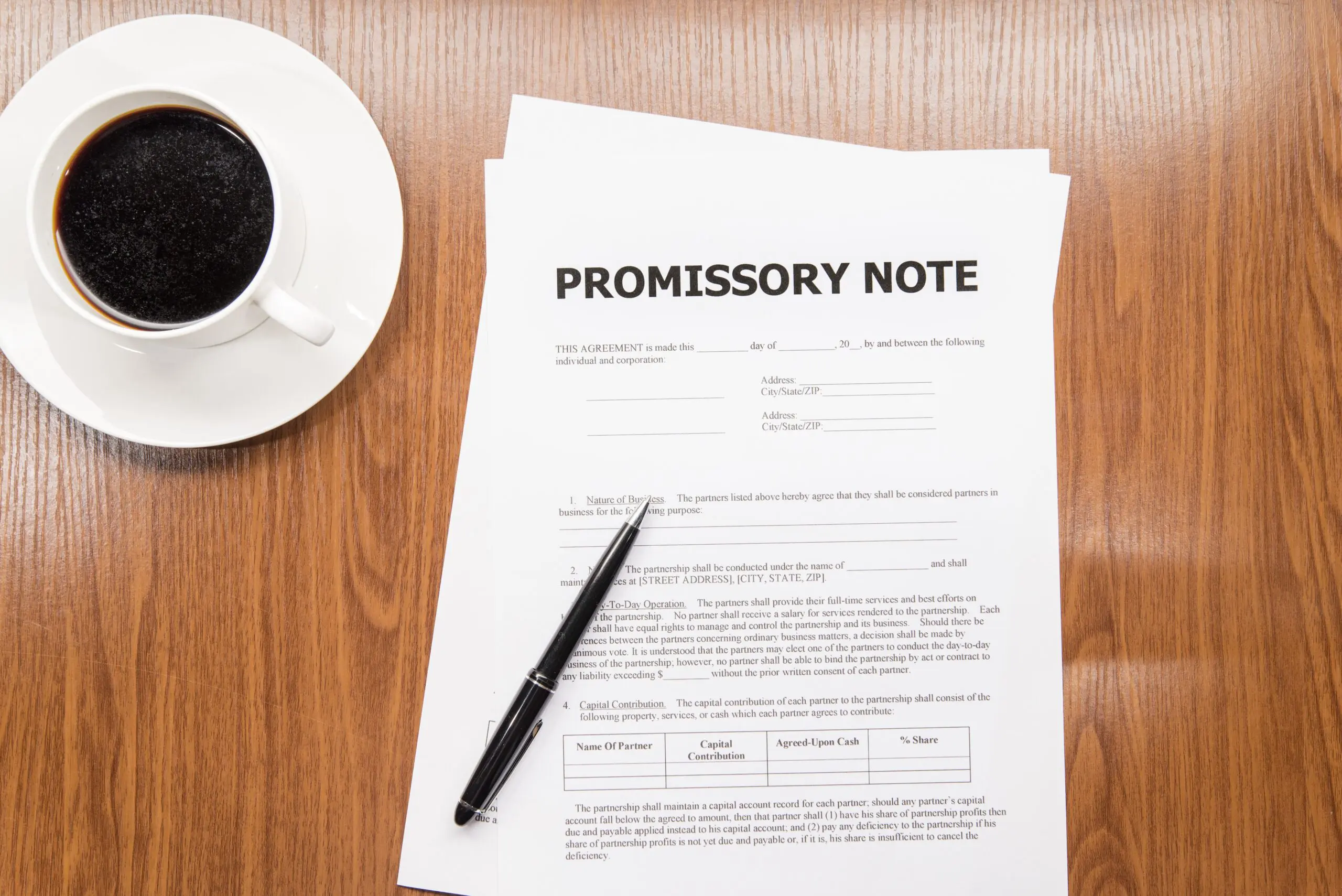Promissory notes, both secured and unsecured, have gained significant traction among IRA account holders. This surge in popularity stems from the potential for attractive returns and diversification within retirement portfolios. Here’s a more detailed exploration of the dynamics involved in investing in promissory notes within an IRA:
Secured vs. Unsecured Notes
The Secured Note:
Secured notes provide investors with a level of security by attaching collateral to the loan. For residential real estate transactions, collateral typically involves either a Deed of Trust or Mortgage, depending on the state’s regulations. Alternatively, if lending to a business entity, investors may secure the loan against the company’s assets through a Uniform Commercial Code (UCC-1) filing.
The Unsecured Note:
On the other hand, unsecured notes do not have collateral attached to them. This exposes investors to a higher level of risk. In such cases, IRA custodians usually require the account holder to sign a Hold Harmless letter, acknowledging the elevated risk associated with these investments.
Purchasing Existing Notes:
IRA account holders have the option to purchase existing promissory notes rather than originating new ones. When acquiring an existing note, several documentation processes come into play:
- Assignment and Bill of Sale: The seller of the note must provide an assignment to transfer the note’s ownership to the IRA. If the note is purchased at a price lower than its face value, a Bill of Sale outlining the agreed-upon price is necessary.
- Amortization Schedule: An amortization schedule might be required, especially if the existing note is purchased at a discounted rate.
- History of Assignments: In cases where the existing note has changed hands from the original lender, a comprehensive history of all assignments is necessary to validate the seller’s ownership.
Documentation and Directions
In addition to the aforementioned documents, IRA account holders need to complete a Direction of Investment (DOI) form, instructing the custodian to fund the investment. The titling format for the lender/beneficiary typically follows a standard protocol to ensure legal clarity and compliance.
Minimum Note Terms
There are specific requirements regarding the terms of the promissory note:
1) Defined Payment and Maturity Dates: The note should clearly specify the dates for the first payment and maturity.
2) Frequency of Payments: Payments should occur at least once per year.
3) Stipulated Payment Amount: The amount to be paid should be clearly indicated in the note.
4) Trustee Limitations: In the case of Deed of Trust/Mortgage, the account holder cannot be listed as the trustee. The trustee must be a non-prohibited party to the IRA.
Payment Handling
To ensure smooth transaction processes, checks from borrowers must be made payable to the IRA custodian, followed by the account holder’s name and IRA designation. This allows for proper credit to the respective IRA account.
Because investing in promissory notes within an IRA offers flexibility and potential returns., they are popular with IRA investors. Keep in mind the need to adhere to strict documentation protocols and an understanding of associated risks. As a result, IRA account holders should exercise due diligence and consult with financial advisors to make informed investment decisions aligned with their retirement goals and risk tolerance levels.
Reach out to uDirect IRA Services for answers to your self-directed retirement questions, at info@uDirectIRA.com. Get started by opening an account HERE.

